Back in 2011 I posted about the Pink Flannel Flower – Actinotus forsythii. I have been fortunate to see this remarkable species quite a few times over the years. When it flowers, it flowers en masse and this is very spectacular to observe. I have previously seen the species at Kanangra Walls, Narrow Neck, the Wollangambe Wilderness and the Newnes Plateau.
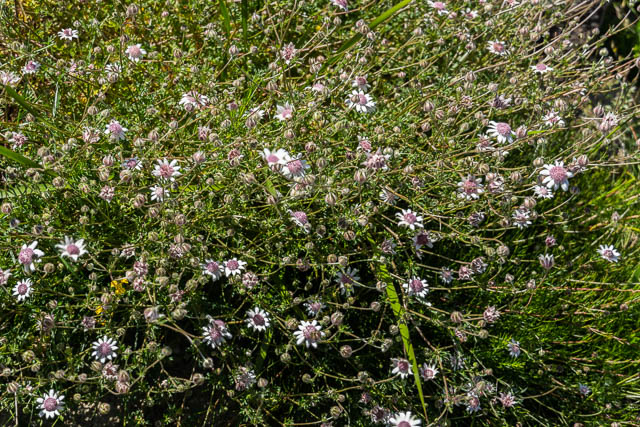
The species, unlike the more common species of Flannel Flower needs two conditions for the seeds to be able to germinate. One is a bushfire, the other is good follow-up rain. The seeds seem to be able to stay dormant, yet still viable for many years. When I saw them in flower on Kanangra Walls back in 2011, there had been a bushfire there in 2010 which burnt out part of the plateau east of the Gingra Track. It was in this burnt out section that the Pink Flannel Flowers were present about a year after the fire. I first visited Kanangra Walls as a child back in the 1960’s and cannot recall any bushfire from then to 2010. So it seems the seeds can remain dormant for at least 50 years. Probably a lot longer than that.
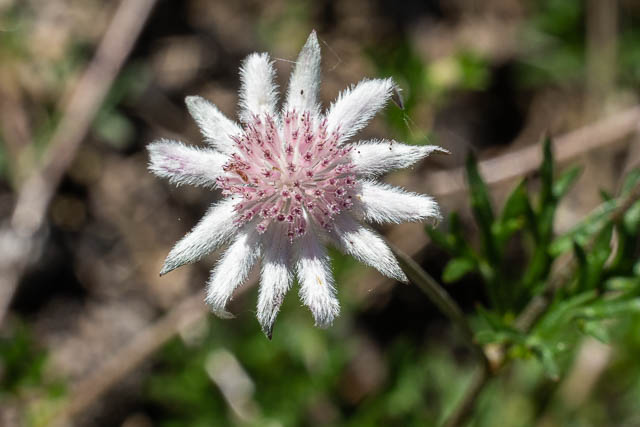
The current period is probably the best time to observe them in our lifetimes. Unfortunately, so much of the Greater Blue Mountains was burnt out last summer, and with good rain since then, they should be flowering in many places. I understand they are already appearing on the Kanangra Plateau, Narrow neck, near Mt Hay and the Newnes Plateau and Wollangambe Wilderness.
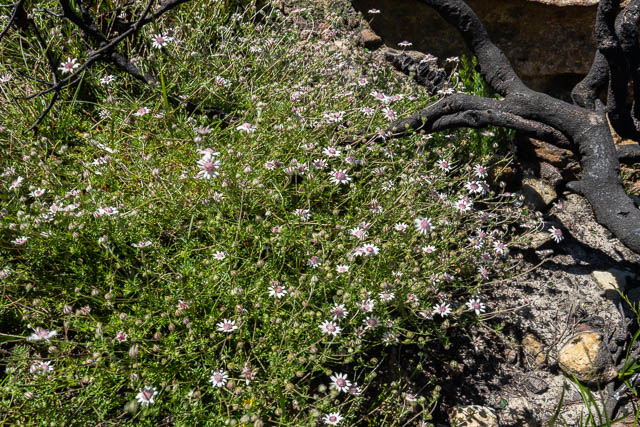
On the way back from our recent canyoning trip, we stayed overnight at Blackheath, thanks to Enmoore’s hospitality. Then, the next morning we made a quick trip through the Grand Canyon before heading for home. But we had plenty of time to make a short stop on Narrow Neck. We soon found plenty of them – again growing only in burnt out areas.
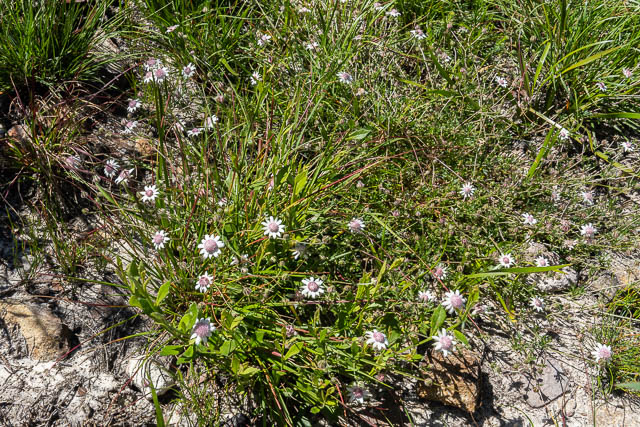
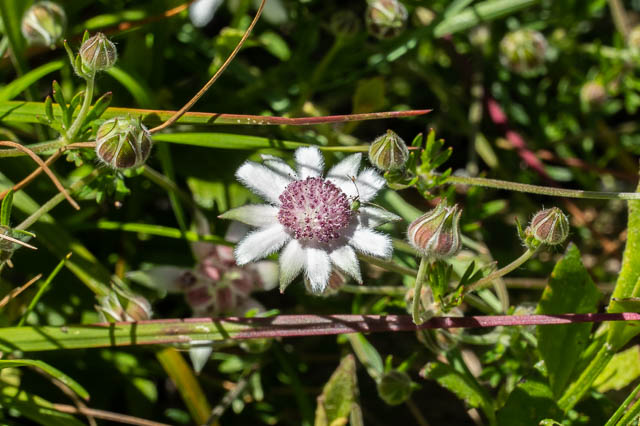
As well as lots of flowers, there were also plenty of buds – so they should remain in bloom for a few more weeks at least.

Thank you so much for sharing! We made a trip up today just to see these beauties, and your directions and information were very helpful. Special memories.
Great Blog, excellent photos, and wonderful information.
Thanks so much, David, this is a fabulous resource for anyone interested in Natural history.